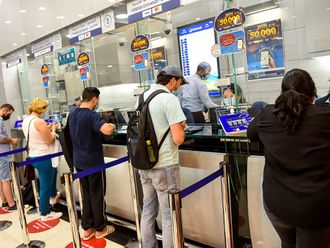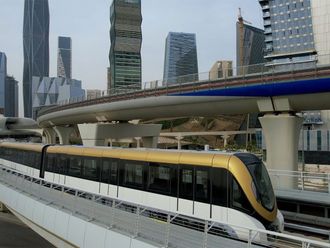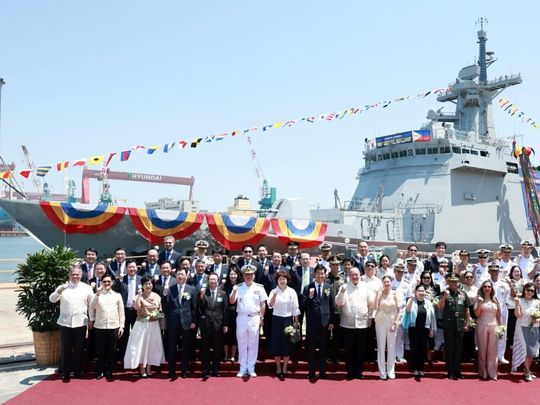
Manila: The Philippines is set to ramp up building its Navy's warships at home, in addition to buying grey ships from foreign suppliers, to bolster its assets for credible self-defence.
In so doing, the country will leverage its robust commercial shipbuilding and repair industry. The Asian country has been primarily engaged in commercial ship manufacturing. For export, the Philippines produces bulk carriers, containerships, and some tankers.
The Philippines is already major global ship producer: it is the fifth-largest producer of ships, by exported tonnage, and fourth by gross tonnage.
124
Number of shipyards in the Philippines (2022), as per MarinaAccording to the Philippine Maritime Industry Authority (Marina), the number of shipyards recorded in 2022 increased to 124, from 116 shipyards in 2021. The country also has seven (7) "Class A" shipbuilding and repair facilities, 19 "Class B", and 98 "Class C", according to Marina.
While challenges remain, the country has existing medium- and large-sized shipyards with aspirations for naval vessel construction, potentially in collaboration with international shipbuilders.
This push for domestic production aligns with the government's Self-Reliant Defence Posture Programme.
Government contracts
The vision of the Asian country to build its own warships, particularly the small and hard-hitting fast-attack interdictor craft missile (FAIC-M), got a needed boost after Israel Shipyards Ltd turned over a newly-refurbished shipyard at the Naval Station, Pascual Ledesma in Cavite City, to the Navy.
The shipyard will facilitate the local construction of a number of hard-hitting fast-attack interdictor craft missile (FAIC-M) vessels, which will form part of the fleet of the Philippine Navy’s Acero-class patrol gunboats.
Developing a domestic naval shipbuilding industry could strengthen its ability to defend the country's vast archipelagic territory.
Fast-attack vehicles
The acquisition of these fast-attack vehicles come under the Horizon 2 List of the Armed Forces of the Philippines Modernisation Programme.
Now, the Philippine Department of National Defense (DND) has expressed interest in acquiring locally-produced naval ships with two financing options on the table: a government-to-government deal or a bidding process, local media reported.
Earlier, the Philippines signed a contract with Hyundai Heavy Industries (HHI) for six new offshore patrol vessels (OPVs).
The vessels are not yet named and are currently referred to by their design classification (HDP-2200). Delivery is expected to start in 2026, with an estimated completion by 2028. The total cost of the project is estimated at Php 30 billion ($512.8 million).
Expansion
Shipbuilder Austal Philippines, meanwhile, has completed a $20-million expansion of its shipyard in Balamban, Cebu. This expansion allows the company to build naval vessels, including OPVs for the Navy.
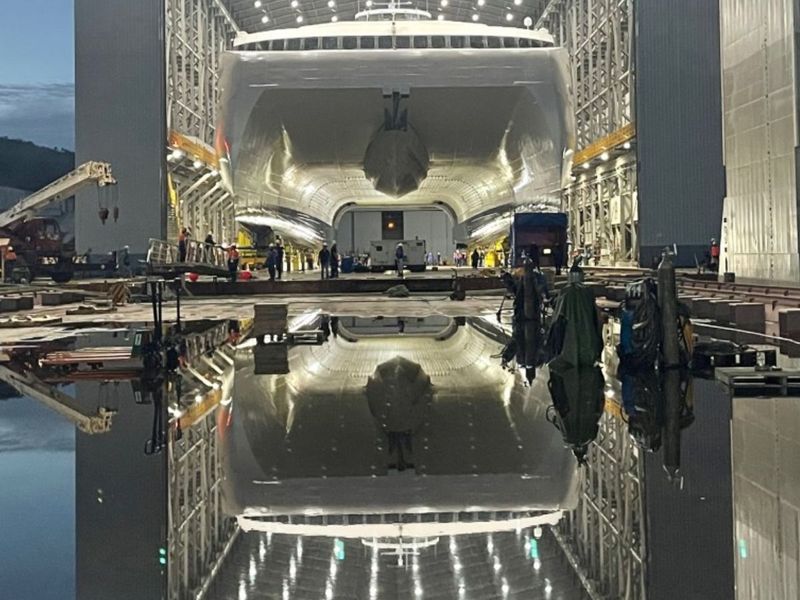
The company is currently building its largest vessel to date, a 109-meter vehicle passenger ferry for Fjord Line Norway. Austal Philippines shipyard is also designed to accommodate large vessel projects for assembly, outfitting, and painting.
The expansion includes the reclamation of additional waterfront land and the development of new facilities to handle larger vessels.
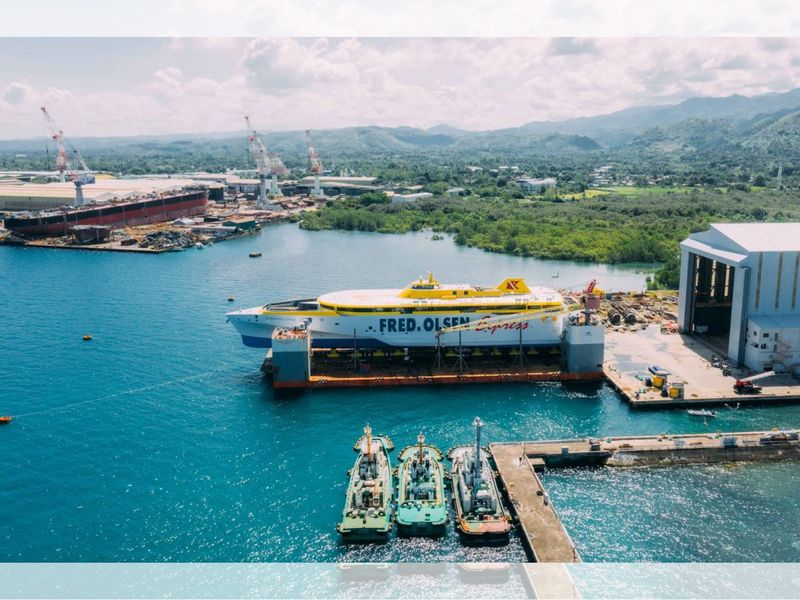
This project is expected to generate local employment and supply chain opportunities. The investment is also seen to benefit the local government and residents. In September 2022, Austal Philippines launched the largest ferry ever built by an Austal shipyard – the 115-meter high-speed catamaran ferry “Express 5” for Molslinjen of Denmark.
Shipyards
Another shipyard in the Visayas is IMP Shipyard and Port Services, Inc., located in Barangay Balugo Uno, Albuera, Leyte, offers a full range of shipbuilding and repair services, including new construction, retrofitting, conversion, and modification of commercial merchant ships and fishing vessels.
It also offers fabrication services such as marine electronics repair, industrial fabrication, pier side repairs, underwater repairs, propeller repairs, and hull plating. The IMP Shipyard is the first BOI-registered shipyard project in Leyte. It currently has ten (10) berths to accommodate two (2) ships for new construction and eight (8) ships for ship repair services.
It comes at an initial project investment cost of Php500 million ($8.5 million). The facility is expected to be fully operational by this month (July 2024), generating approximately 300 jobs, with 60 per cent sourced locally.
The country's existing shipbuilding experience, ranking 4th globally (after South Korea, China, and Japan) since 2008, provides a solid foundation for this domestic naval assets building endeavour.
Janes, the British military intelligence provider, forecasts that Southeast Asia’s maritime defence spending is set to grow from $8 billion in 2023 to $10 billion by 2030.



